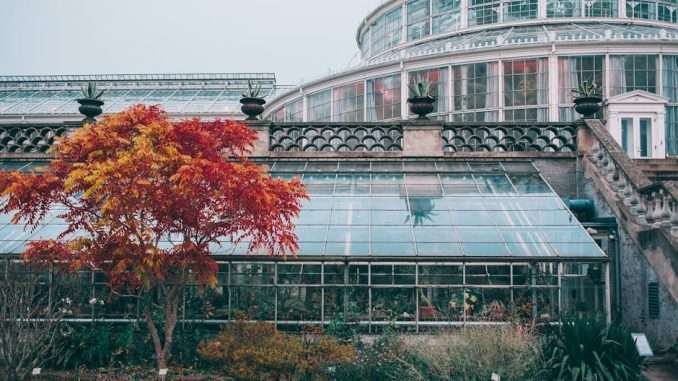
As the world ushers in the year 2024, society stands at a critical juncture, with the imperative of environmental stewardship resonating with unprecedented urgency. The burgeoning movement towards sustainable living and eco-construction is redefining the contours of our everyday existence and the foundations of our civil infrastructure. In this new era, every measure and breakthrough is inextricably tied to the quest for a more sustainable future, seeking to mitigate our ecological footprint and preserve the natural world for the ensuing generations.
Read more about sustainable development.
Central to this eco-conscious revolution is the home, the quintessential personal environment, where the path to sustainability often takes root. The widespread adoption of LED lighting exemplifies a straightforward yet significant shift within domestic settings, as these low-energy bulbs illuminate our spaces while substantially reducing energy consumption. These advancements, in concert with high-efficiency household appliances, have the capacity to notably diminish energy usage and the associated environmental impact, thus establishing a benchmark for home responsibility.
This transformation transcends mere lighting solutions. Every household item offers a chance to opt for sustainability. Biodegradable cleaning agents, for example, help maintain our waterways free from detrimental chemicals, while advanced window technologies improve insulation. The implementation of double or triple-glazed windows goes beyond heat retention; it signifies a pledge to a way of life that prizes resource conservation and ecological balance.
In parallel to these individual undertakings, the construction sector is undergoing a profound ecological transformation. Companies such as Covivio are spearheading eco-construction, a discipline that is redefining the principles of building and habitation. This progressive methodology favours sustainable materials that are recyclable and locally obtained, embracing circular economy tenets to curtail waste and judiciously use resources. Eco-construction also incorporates the sustainable oversight of building sites and the harmonious integration of verdant spaces, ensuring that new edifices are conceived not merely as structures but as ecosystems that positively enhance their environs.
The transport industry has likewise adopted the sustainability ethos. Enhanced public transport networks, the rise of electric vehicles, and a conscientious approach to air travel are revolutionising our mobility, significantly mitigating carbon emissions. Lifestyle modifications such as reducing clothing and food waste, endorsing eco-friendly tourism, and investing in green initiatives further underscore a commitment to an environmentally aware existence.
Renewable energy utilisation represents a pivotal element of this green transition. Innovations like solar photovoltaic systems and heat pumps are furnishing viable alternatives to traditional fossil fuels, enabling both domestic settings and industries to shrink their carbon footprints and shift away from non-renewable energy sources. These technologies are not only engineering marvels; they epitomise a philosophical pivot towards a life sustained by the inexhaustible energy provided by nature.
The tangible impact of eco-construction is exemplified by projects like Covivio’s Symbiosis in Milan, where the amalgamation of contemporary workspaces and residential areas with green design principles sets a precedent for the future of sustainable building. These developments are crafted to elevate the quality of life for inhabitants while minimising environmental detriment, underscoring energy efficiency, biodiversity, and the seamless integration with the natural world.
Regulatory frameworks and sustainable building criteria act as the custodians of this greener future, ensuring that architectural and residential practices comply with rigorous environmental standards. Certification procedures are stringent, evaluating edifices to ascertain their adherence to elevated benchmarks of energy efficiency and resource conservation. These regulations are crucial in directing industries towards environmentally friendly practices and establishing a standard for what defines responsible construction and living.
The advantages of sustainable living and eco-construction reach beyond mere environmental preservation. These practices cultivate healthier living environments, alleviate long-term economic outlays, and bolster community resilience in the face of climate change. They address societal necessities for health, comfort, and adaptability, guaranteeing that the spaces we inhabit are not only considerate of the planet but also accommodating to our varied lifestyles and wellbeing.
As we progress through 2024, the collective movement towards sustainable living and eco-construction symbolises humanity’s most promising opportunity for a flourishing, greener future. By making informed choices in our day-to-day activities and supporting industries that place the planet’s welfare at the forefront, we each contribute vitally to this transformation. It’s an invitation to adopt a sustainable ethos and to collaborate towards a world where our environment and human advancement exist in synergy. Let us grasp this chance to establish a durable, affirmative legacy for the Earth and all its inhabitants.


Be the first to comment